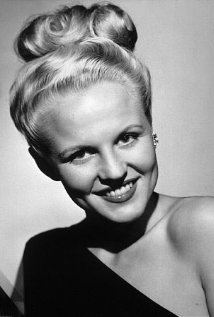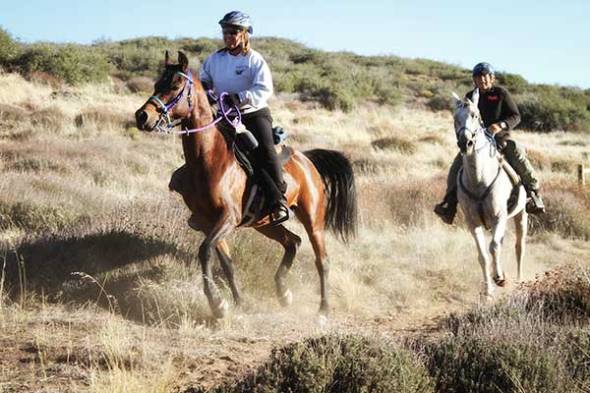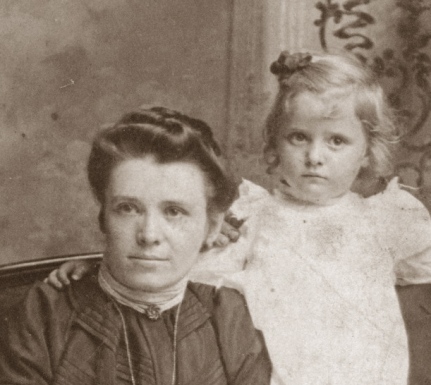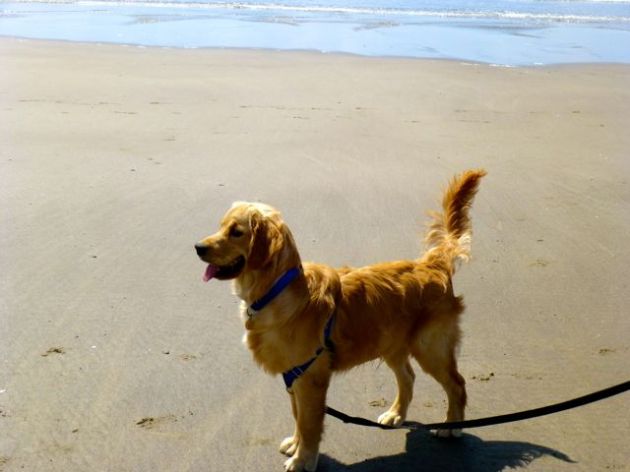by Cari

Many people, especially in the second half of life, after they have climbed the corporate ladder, become senior partner in the law firm, made it to full professor with tenure or otherwise excelled in their chosen field, when the 401K is feeling plump and comfortable, the kids are grown, appropriately on a path resembling theirs, and the mortgage is paid or quite manageable, reach a point in the script called Life, where they hear a small muted voice singing the Peggy Lee song of 1969, “Is That All There Is?” As the song instructs in the singer’s seductive voice, “If that’s all there is, let’s keep dancing…bring out the booze.” Many choose to dance out the rest of their lives, following that suggestion. It’s just too difficult to leave their comfort zone or even familiar discomfort.
Or, a crisis occurs, as profound as illness or death of a loved one or as mundane as incremental boredom, accompanied by acute awareness of one’s own mortality. The voice within may get stronger, urging us to disturb the apparent equilibrium and leave the comfort zone. We sense there’s got to be more, and despite our rejection of our childhood religious indoctrination, we begin to consider that there may have been a nugget of truth within it. We go in search of the spiritual, often using the same model that has worked for us in the past: we embark upon a shopping trip for a product called spirituality. It’s the way our culture has taught us to pursue what we want. We go church-hopping like we used to go bar-hopping. We check out the latest guru like we shop for a hairdresser. We use tools and rituals, rolfing, extreme yoga, meditation, and fasting, looking for the heavens to open up or the burning bush to appear. We often have a preconceived notion that we can acquire enlightenment in the same way we achieved success in our educational endeavors, our career, our physical fitness program, our remodeling projects. We have a vague idea of what spiritual looks like, just as we had an image of an ideal body type when we signed up with a physical fitness trainer. We are doing the best we can with the tools at hand.
Embarking upon a spiritual path requires commitment and willingness to seek and trust, entering into the dark night of the soul, coming through it and wondering if it’s all worth it. Maybe I should have just kept dancing. Maybe I should revert to the good life and bring out the booze.
My longtime friend, colleague and spiritual companion Jill and I have, along the way, pondered the financial security we gave up when we left the practice of law and became very intentional about our spiritual paths. We have had those double doubting days when we questioned our sanity and wondered at times, “Where’s my secretary?” And when we compared our meager and modest retirement funds with what might have been, “Where’s my financial security in my old age?” Every time we do this, we ultimately, painfully yet joyfully, acknowledge that our life choices and the rich experiences we have had were worth what we gave up. Besides, we say parenthetically, if you have come this far, you can’t go back. We believe this in the depths of our souls.
At some point, we all seem to realize that what we seek can be found in ordinary everyday life, like planting a garden, hiking in the Colombia River Gorge, being present at the birth (or death) of a grandchild, rescuing a love-starved animal from the pound, sitting with an elderly dementia patient or someone similarly struggling to complete their life journey. The Divine was there all along! We had to stop and just be still. We had to mindfully put one foot in front of the other amidst the darkness and doubts, and just keep on keeping on until we realize the light we are looking for is shining from within.
Buddhist author and teacher Jack Kornfield illustrates this poignantly in a story he tells in After the Ecstasy, The Laundry. He unfolds a narrative in which a famous Tibetan teacher warns his audience that the spiritual path involves “one insult after another,” discouraging those who are not fully committed. “If you haven’t started,” he says, “it’s best not to begin…but if you have begun, it is best to finish.” It’s a dance of wholeness and holiness I intend to finish.




